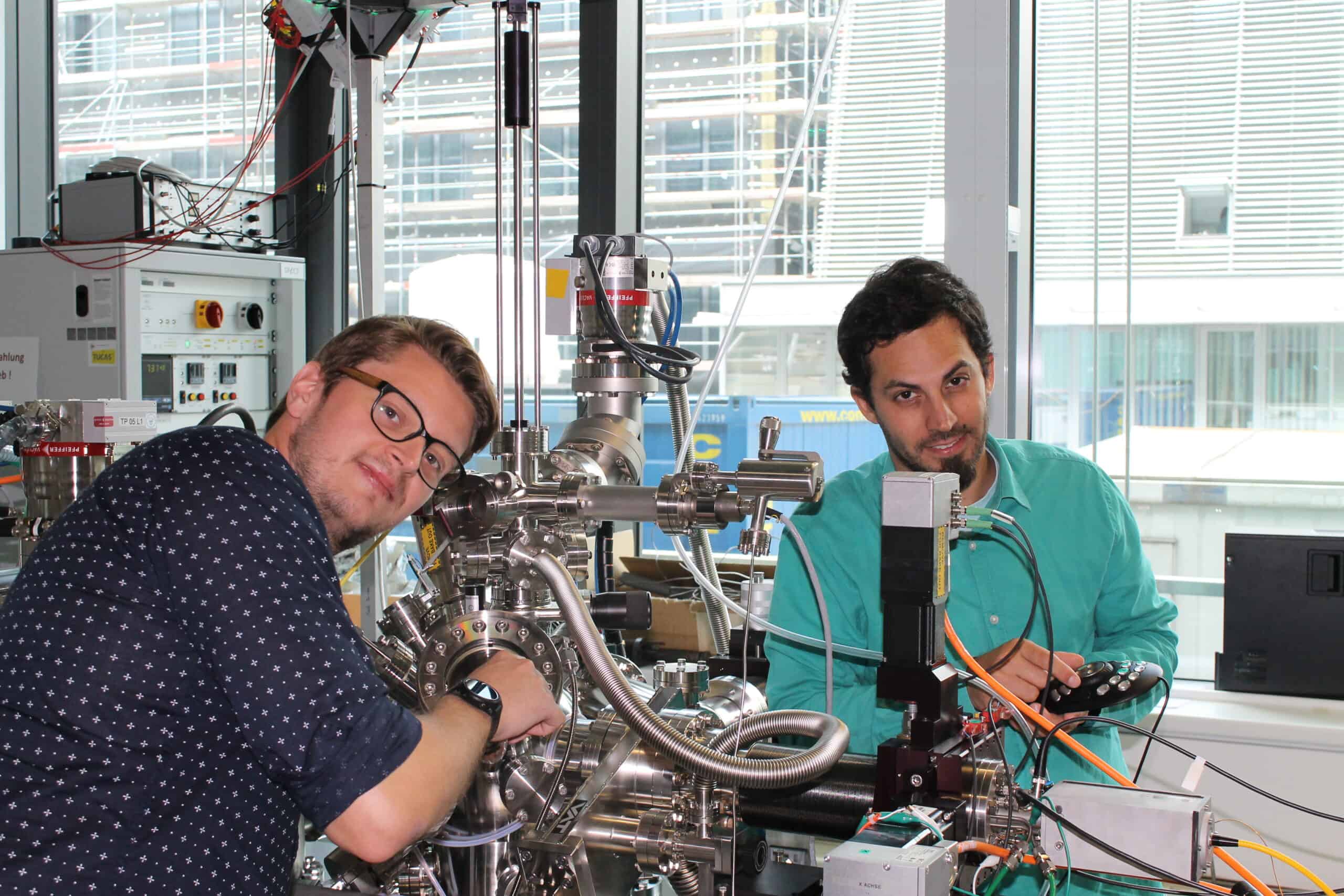
European climate policy seeks to prevent the generation of harmful greenhouse gases to a large extent. Where this is not possible, technical solutions are required. These are known as Carbon Capture and Utilization and stand for the conversion of harmful greenhouse gases. This produces valuable synthesis gases that can be converted into a range of useful chemical and material products such as plastics or green kerosene for aviation. If greenhouse gases are converted into methanol, the result is a basic material for the chemical industry, of which hundreds of millions of tons are needed every year, explains Professor Christoph Rameshan from the Institute of Materials Chemistry at the Vienna University of Technology.
Carbon capture and utilization
Carbon capture and utilization is already possible, but its industrial application is still sometimes hindered by the high costs of the process. CO2 is an extremely stable molecule and converting it requires a lot of energy and efficient catalysts. Considerable progress has already been made on the catalyst side. The stumbling block, however, is the so-called clumping and coking of the catalysts. That is, a layer of carbon quickly forms on these catalysts, causing them to rapidly lose their efficiency, Rameshan said.
Inefficient metal catalysts
Conventional metal catalysts usually consist of a cheap oxide as a support material onto which metallic nanoparticles are deposited, such as nickel (Ni), cobalt (Co), copper (Cu) or precious metals. These nanoparticles must be finely dispersed to exhibit high efficiency under reaction conditions and not clump or coke.
“The particles are usually not stable, which is why metal catalysts, for example, tend to produce tiny carbon nanotubes,” explains Florian Schrenk, who is currently working on his dissertation on Rameshan’s team. These nanotubes then form a black film on the surface of the catalyst, blocking it.
The higher the temperatures needed for a process, the faster catalysts lose their efficiency. Carbon capture and utilization processes usually require very high temperatures, which means these problems are usually very pronounced.
New insights in dry methane reforming
A research project at the University of Innsbruck in Austria produced new findings on methane dry reforming. The process was made transparent on the model catalyst.
Perovskite crystals
The researchers led by Rameshan are pursuing a new approach. They are using perovskite crystals and subjecting them to a special pretreatment that prevents undesired coking. Perovskites are characterized by high-temperature stability. They are also used, for example, in solid oxide fuel cells with operating temperatures of around 1000 degrees Celsius, which makes them ideal candidates for carbon capture and utilization processes.
“Perovskites are oxygen-containing crystals that you can add different metal atoms to,” Rameshan says. “For example, you can add nickel or cobalt to the perovskite – metals that have also been used previously in catalysis.” This additive material can be brought to the surface by pretreating the crystal, for example, with hydrogen at 600 degrees Celsius. This forms finely divided nanoparticles that are anchored to the surface which then solve the problem of nanoparticle clumping.

https://commons.wikimedia.org/w/index.php?curid=9759462
Size of nanoparticles is critical
The researchers found that the success of the experiment was significantly related to the size of the nanoparticles. The desired chemical reaction occurred for nanoparticles with a diameter of 30 to 50 nanometers. At the same time, the oxygen contained in the perovskite prevents the formation of carbon nanotubes – and thus the coking of the catalyst.
We were able to show in our experiments that the exact size of the nanoparticles is crucial if you want to avoid carbon deposits and eliminate the risk of coking. If the size of the nanoparticles is chosen correctly, then they remain stable and the structure of the catalyst does not change. This means it can be used permanently.
Florian Schrenk, PhD student at the Institute for Materials Chemistry at the Vienna University of Technology
Contribution to a sustainable circular economy
The novel perovskite catalyst is suitable for dry reforming, a process in which methane (CH4) and carbon dioxide (CO2) are thermochemically converted.
Methane and CO2 are the two man-made greenhouse gases that contribute most to climate change. Where they come from is immaterial to dry reforming, he said. Possible sources would include industrial waste gases or natural gas containing CO2. However, they often occur in combination with biological substances, such as in biogas plants, Rameshan said, adding, “In methane dry reforming, you can convert both gases into useful synthesis gases at the same time. Methane and carbon dioxide produce hydrogen (H2) and carbon monoxide (CO) – and it’s then relatively easy to make other hydrocarbons from them, up to and including biofuels.”
Depending on the reaction parameters chosen, it is possible to influence the composition of the resulting synthesis gas. In this way, the further processing of climate-damaging greenhouse gases into valuable products could become an important building block for a sustainable circular economy.
Large-scale application
At the moment, the researchers are working on scaling up the newly developed materials for large-scale application. To do this, they need to be made into a specific form. The simplest is pellets, as we know them from pellet heating,” explains Professor Rameshan. He hopes that in a year and a half at the latest, the project will have progressed to the point where perovskites can be offered as a commercial material. This would increase the efficiency of carbon capture and utilization technologies.
Political support needed
What remains unsolved is the problem of high energy consumption, which cannot be avoided, Rameshan said. This will fall as capacities increase, but regulatory steps are also needed from policymakers. This involves lowering prices for renewable energy and promoting carbon capture and utilization processes and making them competitive, he said. This could be done by taxes, for example on the price of CO2 certificates. Another solution would be to allow CCU companies to sell CO2 allowances as they actively contribute to saving CO2.

